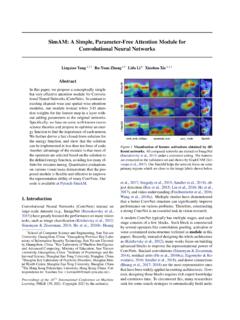Transcription of Image Restoration Using Very Deep Convolutional Encoder ...
1 Image Restoration Using very deep ConvolutionalEncoder-Decoder Networks with Symmetric SkipConnectionsXiao-Jiao Mao , Chunhua Shen?, Yu-Bin Yang State Key Laboratory for Novel Software Technology, Nanjing University, China?School of Computer Science, University of Adelaide, AustraliaAbstractIn this paper, we propose a very deep fully Convolutional encoding-decoding frame-work for Image Restoration such as denoising and super-resolution. The network iscomposed of multiple layers of convolution and deconvolution operators, learningend-to-end mappings from corrupted images to the original ones. The convolu - tional layers act as the feature extractor, which capture the abstraction of imagecontents while eliminating noises/corruptions. Deconvolutional layers are thenused to recover the Image details.
2 We propose to symmetrically link convolutionaland deconvolutional layers with skip-layer connections, with which the trainingconverges much faster and attains a higher-quality local optimum. First, the skipconnections allow the signal to be back-propagated to bottom layers directly, andthus tackles the problem of gradient vanishing, making training deep networkseasier and achieving Restoration performance gains consequently. Second, theseskip connections pass Image details from Convolutional layers to deconvolutionallayers, which is beneficial in recovering the original Image . Significantly, withthe large capacity, we can handle different levels of noises Using a single results show that our network achieves better performance than recentstate-of-the-art IntroductionThe task of Image Restoration is to recover a clean Image from its corrupted observation, whichis known to be an ill-posed inverse problem.
3 By accommodating different types of corruptiondistributions, the same mathematical model applies to problems such as Image denoising and super-resolution. Recently, deep neural networks (DNNs) have shown their superior performance in imageprocessing and computer vision tasks, ranging from high-level recognition, semantic segmentation tolow-level denoising, super-resolution, deblur, inpainting and recovering raw images from compressedones. Despite the progress that DNNs achieve, some research questions remain to be answered. Forexample, can a deeper network in general achieve better performance? Can we design a single deepmodel which is capable to handle different levels of corruptions?Observing recent superior performance of DNNs on Image processing tasks, we propose a convolu - tional neural network (CNN)-based framework for Image Restoration .
4 We observe that in order toobtain good Restoration performance, it is beneficial to train a very deep model. Meanwhile, we showthat it is possible to achieve very promising performance with a single network when processingmultiple different levels of corruptions due to the benefits of large-capacity networks. Specifically,the proposed framework learns end-to-end fully Convolutional mappings from corrupted images to theclean ones. The network is composed of multiple layers of convolution and deconvolution deeper networks tend to be more difficult to train, we propose to symmetrically link convolutional30th Conference on Neural Information Processing Systems (NIPS 2016), Barcelona, deconvolutional layers with skip-layer connections, with which the training procedure convergesmuch faster and is more likely to attain a high-quality local main contributions are summarized as follows.
5 A very deep network architecture, which consists of a chain of symmetric convolutionaland deconvolutional layers, for Image Restoration is proposed in this paper. The convolu - tional layers act as the feature extractor which encode the primary components of imagecontents while eliminating the corruption. The deconvolutional layers then decode the imageabstraction to recover the Image content details. We propose to add skip connections between corresponding Convolutional and deconvolu- tional layers. These skip connections help to back-propagate the gradients to bottom layersand pass Image details to top layers, making training of the end-to-end mapping easierand more effective, and thus achieving performance improvement while the network goingdeeper. Relying on the large capacity and fitting ability of our very deep network, we alsopropose to handle different level of noises/corruption Using a single model.
6 Experimental results demonstrate the advantages of our network over other recent state-of-the-art methods on Image denoising and super-resolution, setting new records on workExtensive work has been done on Image Restoration in the literature. See detailreviews in a survey [21]. Traditional methods such as Total variation [24,23], BM3D algorithm[5] and dictionary learning based methods [31,10,2] have shown very good performance on imagerestoration topics such as Image denoising and super-resolution. Since Image Restoration is in generalan ill-posed problem, the use of regularization [34, 9] has been proved to be active and probably more promising category for Image Restoration is the DNN based denoising auto- Encoder [29] is one of the most well-known DNN models which can be usedfor Image Restoration .
7 Xie et al. [32] combined sparse coding and DNN pre-trained with denoisingauto- Encoder for low-level vision tasks such as Image denoising and inpainting. Other neural networksbased methods such as multi-layer perceptron [1] and CNN [15] for Image denoising, as well as DNNfor Image or video super-resolution [4,30,7,14] and compression artifacts reduction [6] have beenactively studied in these et al. [1] presented a patch-based algorithm learned with a plain multi-layer also concluded that with large networks, large training data, neural networks can achievestate-of-the-art Image denoising performance. Jain and Seung [15] proposed a fully convolutionalCNN for denoising. They found that CNNs provide comparable or even superior performance towavelet and Markov Random Field (MRF) methods.
8 Cui et al. [4] employed non-local self-similarity(NLSS) search on the input Image in multi-scale, and then used collaborative local auto- Encoder forsuper-resolution in a layer by layer fashion. Dong et al. [7] proposed to directly learn an end-to-endmapping between the low/high-resolution images. Wang et al. [30] argued that domain expertiserepresented by the conventional sparse coding can be combined to achieve further improved advantage of DNN methods is that these methods are purely data driven and no assumptions aboutthe noise distributions are very deep RED-Net for Image RestorationThe proposed framework mainly contains a chain of Convolutional layers and symmetric decon-volutional layers, as shown in Figure 1. We term our method RED-Net very deep ResidualEncoder-Decoder ArchitectureThe framework is fully Convolutional and deconvolutional.
9 Rectification layers are added after eachconvolution and deconvolution. The Convolutional layers act as feature extractor, which preservethe primary components of objects in the Image and meanwhile eliminating the corruptions. Thedeconvolutional layers are then combined to recover the details of Image contents. The output ofthe deconvolutional layers is the clean version of the input Image . Moreover, skip connections1We have released the evaluation code 1:The overall architecture of our proposed network. The network contains layers of symmetricconvolution ( Encoder ) and deconvolution (decoder). Skip-layer connections are connected every a few (in ourexperiments, two) also added from a Convolutional layer to its corresponding mirrored deconvolutional layer.
10 Theconvolutional feature maps are passed to and summed with the deconvolutional feature maps element-wise, and passed to the next layer after low-level Image Restoration problems, we prefer Using neither pooling nor unpooling in thenetwork as usually pooling discards useful Image details that are essential for these tasks. Motivatedby the VGG model [27], the kernel size for convolution and deconvolution is set to 3 3, which hasshown excellent Image recognition performance. It is worth mentioning that the size of input imagecan be arbitrary since our network is essentially a pixel-wise prediction. The input and output of thenetwork are images of the same sizew h c, wherew,handcare width, height and number ofchannels. In this paper, we usec= 1although it is straightforward to apply to images withc >1.
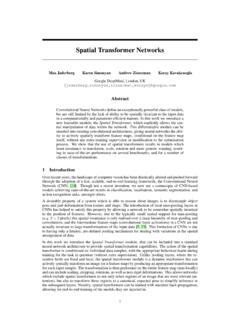
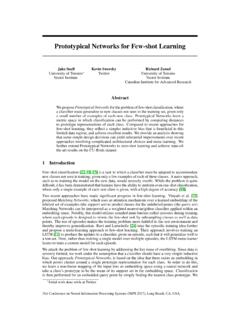
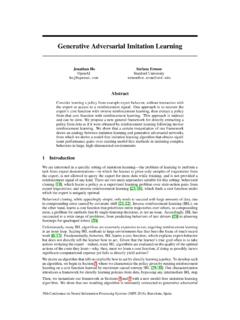
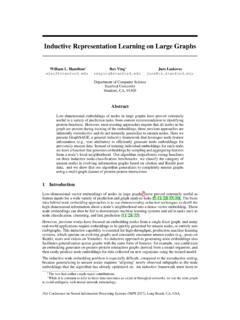
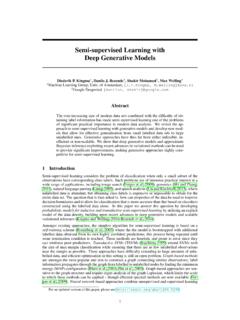
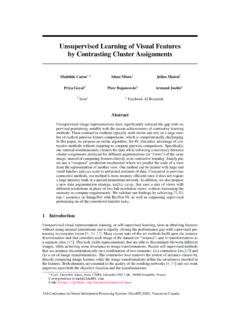
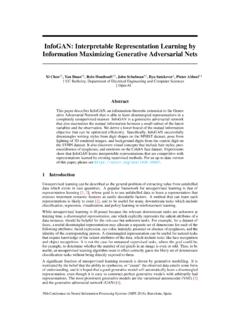
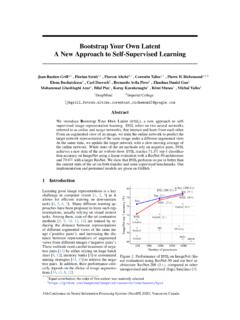
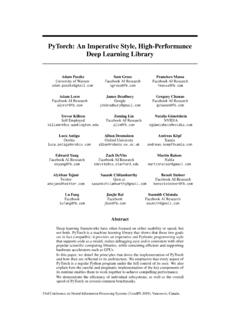
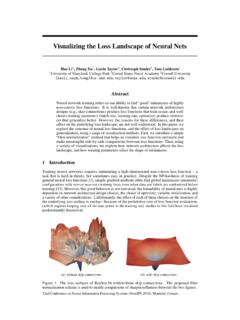
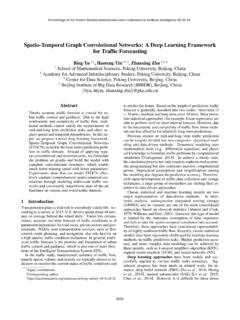

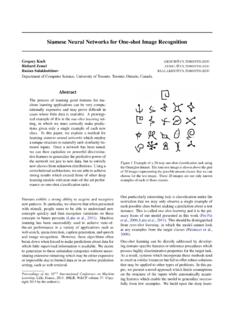

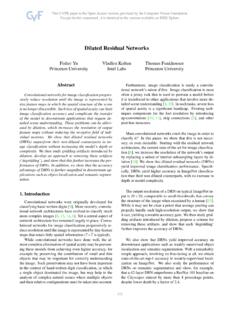
![Abstract arXiv:1411.4038v2 [cs.CV] 8 Mar 2015](/cache/preview/e/8/a/1/0/5/9/a/thumb-e8a1059a2748cde7ba3d756f44e4ca34.jpg)
